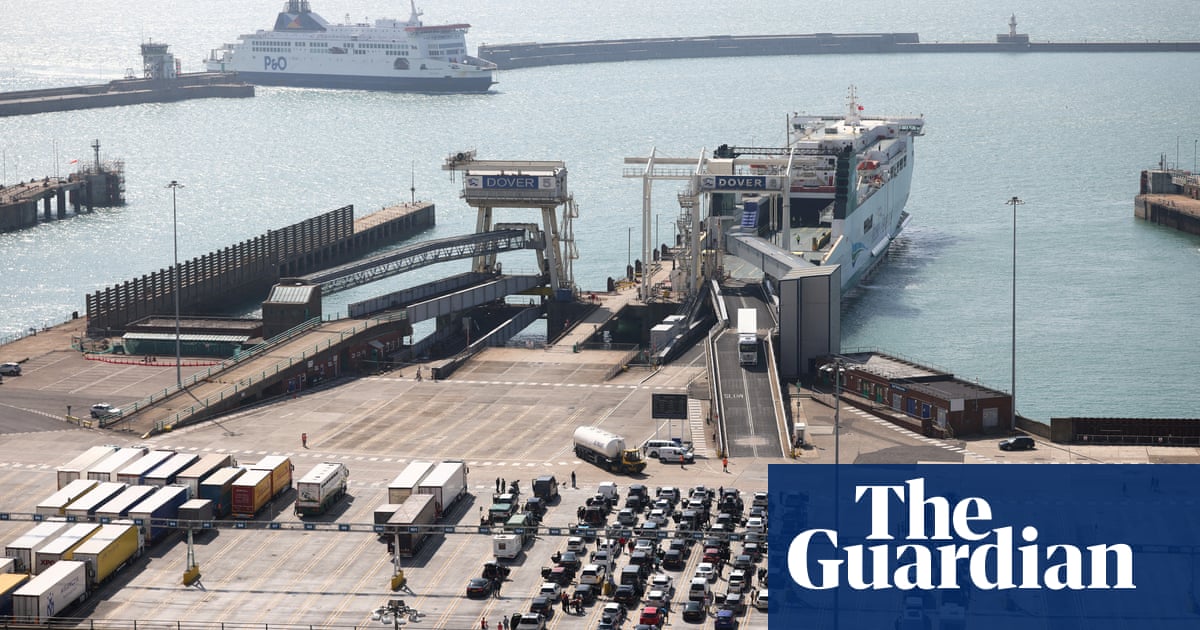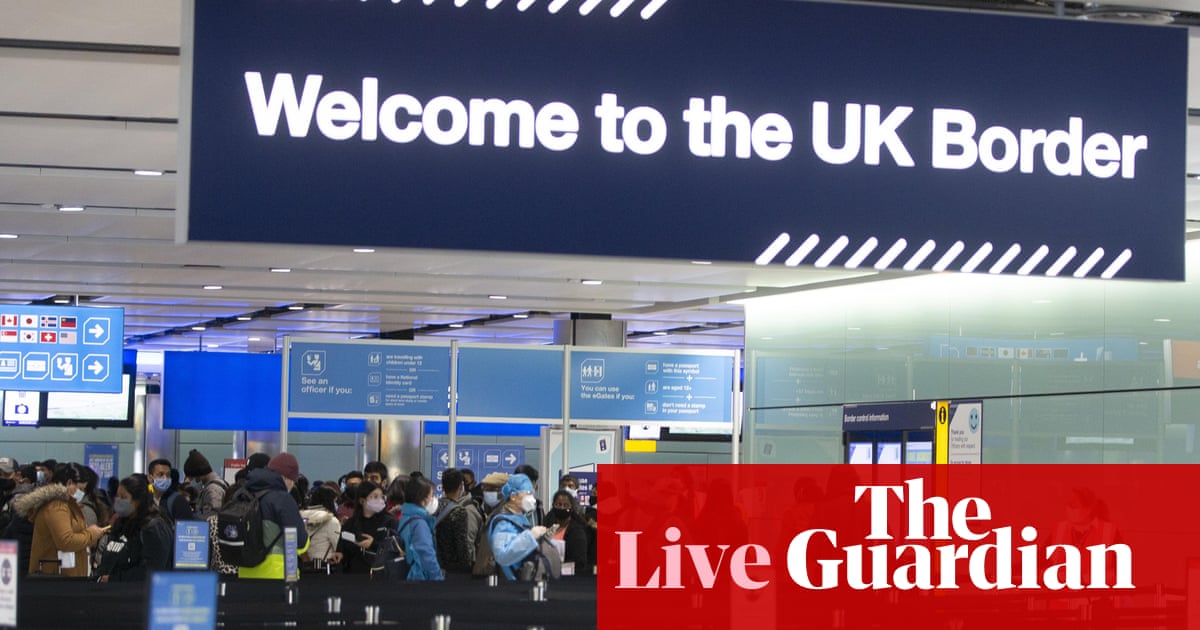
n a Sunday afternoon in November last year, children clambered over an adventure playground as their parents watched from under shady trees in a park in an affluent suburb of Napier, on New Zealand’s North Island.
The suburban scene was interrupted as two bikie gangs carrying baseball bats and sharpened metal weapons appeared and set upon each other nearby, leaving one man unconscious and onlookers terrified.
Two months later, fears among the residents in the predominantly middle-upper class suburb of Taradale escalated further when members of the region’s rival gangs – the Mongrel Mob and Black Power – were involved in a shootout.
The brawl between up to 40 gang members led to a Black Power member losing his eye. A shotgun pellet lodged into a car seat in the man’s vehicle, narrowly missing his infant daughter.
Making meth: how New Zealand"s knack for "P" turned into a homebaked disaster
Read more
In the weeks since then many locals have been left wondering how such extreme violence entered their lives. When the Guardian visits, many are too frightened of the gangs’ growing power to give their names.
“It’s not that they’re attacking us, but you could get caught in the middle of something,” said one.
Another says: “I’m definitely more hyper-aware that it’s happening more often. If I see a gang member now I worry about my kids’ safety.”
Napier in New Zealand’s Hawke’s Bay
Facebook Twitter Pinterest
Napier in New Zealand’s Hawke’s Bay. Photograph: Robert Wyatt/Alamy Stock Photo
Advertisement
Gangs have existed for decades in New Zealand; their members are a common sight on the country’s roads and truck stops, immediately identifiable in patched vests and riding oversized motorcycles.
But years of low-key activity has been shattered by recent wars between rival gangs, and police in the worst-affected parts of the country – on the east coast of the North Island – are wondering just how, and if, they can ever be brought under control again.
Turf wars and recruitment drives
Taradale is Black Power’s small but tightly held island in a sea of Mongrel Mob territory. But outsiders would be hard pressed to know it. Gang patches are banned in the suburb’s public spaces and locals say members usually keep to themselves. The recent conflict has come as a shock after years of the gangs operating discreetly.
A 10-minute drive east is the Mongrel Mob headquarters, dwarfing a sparse playground nearby. A huge red billboard depicting the gang’s logo – a bulldog wearing a German “Stahlhelm” helmet – covers the side of the two-storey house.
This is Maraenui, Napier’s poorest suburb. More than two-thirds of residents are Māori or Pacific islander and unemployment, poverty and gang affiliation are high. Locals say they’re used to gang warfare – but in recent months it has escalated to an alarming degree.
In the weeks following the Taradale shooting police, who are normally not armed in New Zealand, carried firearms on their daily duties, increased patrols and vowed to crack down on gang activities..
They’re young, they’re full of meth. They’re out there looking for trouble
Detective Inspector Mike Foster
While their presence has provided some reassurance, residents also worry that not enough is being done to address the root causes of poverty and crime that have led to an explosion in the local gang population.
And they have reason to be worried.
Gangs are recruiting more than two members a day, according to police figures. There are now 1,128 patched gang members in Hawke’s Bay and Gisborne – up 40% from two years ago.
Dr Jarrod Gilbert, a gang expert from the University of Canterbury, says the groups have thrived on the east coast following the mass migration of Māori from rural to urban centres.
Ancestral roots, already damaged by colonisation, were severed for many as they came to work the region’s abundant fields, orchards, farms and factories in the 1950s and 60s.
When recessions hit in the 70s and 80s, the jobs went and, with no family to fall back on, the gangs grew, says Gilbert. But after a violent period in in the 1980s, members grew older and had families, and a period of relative calm ensued.
Advertisement
That all changed with the arrival of Australia’s largest motorcycle gang in 2008. The Rebels’ flashy bikes, gold jewellery and sophisticated operation attracted new members in droves.
"People are fearful": New Zealand police admit gang violence is out of control
Read more
The gangs in Hawke’s Bay envied the Rebels and started their own recruitment drives, while at the same time the methamphetamine trade blossomed, fuelled by the arrival of more gang members deported from Australia under that country’s controversial deportation law.
“So we have a small area with lots of new gang members. When it’s crowded someone is going to get elbowed out,” says Gilbert.
This turf war is partly to blame for the current problems. The Taradale shooting was a retaliatory act after Mob members, visiting a relative’s grave in January, failed to give warning to Black Power that they would be entering their territory to do so.
The convention of phoning ahead before entering another’s patch has ensured peace between the two gangs since 2011. But these conventions appear to be fraying in the fight for territory and dominance.
Detective Inspector Mike Foster, who heads the eastern district gang unit, told the Guardian: “They’re young, they’re full of meth. They’re out there looking for trouble. You’ll have one gang go into another gang’s territory on purpose just to provoke them.”
Detective Inspector Mike Foster of New Zealand police
Facebook Twitter Pinterest
Detective Inspector Mike Foster of New Zealand police. Photograph: Anusha Bradley
Police have tried to ensure gang leaders “keep a lid on things” but the younger ones are not listening, he says.
Advertisement
It’s something veteran Mob leaders are “pissed off” about, admits senior Mongrel Mob member Rex Timu. “We don’t want guns going off in the middle of the street or kids getting hurt,” he says.
Black Power also struggle to control their younger members at times, says life member and spokesperson Denis O’Reilly. He says there’s also reluctance to crack down and alienate them for fear they will leave and set up their own gangs.
Efforts by police to bring the two gangs together have so far been unsuccessful, as both gangs say they are not yet ready to meet face to face to discuss a truce.
In the meantime, local police are taking a hard line. Officers are no longer carrying arms, but extra patrols and more detectives are providing back up for frontline staff.
“Things are still simmering and that’s throughout the eastern district,” Foster says. “We’re finding firearms on a weekly basis and weapons that they carry in their cars ... baseball bats, wheel braces.”
Denis O’Reilly, senior Black Power member, New Zealand
Facebook Twitter Pinterest
Denis O’Reilly, a senior Black Power member in New Zealand. Photograph: Anusha Bradley
Advertisement
But Foster says police cannot “arrest their way out of this” and calls for a co-ordinated approach between government and social agencies.
Gilbert agrees and says successive governments have failed to address the underlying issues fuelling gang allegiance.
“We tend to look as gangs as the problem. But we are treating the symptoms rather than the causes of an illness”
Black Power’s O’Reilly says the solutions are not new, and a government-funded group employment scheme that ran in the 1980s was hugely successful.
“They didn’t care what the work was as long as they were together. Gang membership was going down and then they pulled the plug.”
‘I’ve got grandkids in both gangs. They’ll sort it out eventually.’
Taradale residents are determined to sort out the current tensions and make their community safe again. Many are resolved to include the gangs in their community life, rather than excluding and isolating them.
“We can’t put blindfolds on this,” says Sam Jackson from the Taradale business association. “It’s all about communication, involving them in what we’re doing. We can’t be scared of that.”
Back in Maraenui, Daniel Murfitt, the principal of the local high school William Collenso College, is also hopeful.
“I’ve never come across a gang member parent who wants their child to be in a gang, says Murfitt, who also chairs the Hawke’s Bay Secondary Schools Association.
He believes targeted work to create a sense of belonging and inclusion for all students, especially Māori, has prevented the current gang tensions and recruitment drive from spilling over into the school yard.
It is often only once a student leaves that gangs become attractive, he says, so the priority must be on keeping them in school, and engaged.
At the park near the Mongrel Mob headquarters children play under the gaze of the giant bulldog.
While locals here say the tensions are worrying, they feel powerless to do anything about it because their sons, brothers, fathers and uncles are in the gangs, and they cannot take sides.
“They’re all just whanau [family]. They’re always fighting amongst themselves,” says an elderly lady. “I’ve got grandkids in both gangs. They’ll sort it out eventually.”
Back at Anderson Park one young mother is not so sure. “I used to not worry about them at all, they were just going about their business. But now I’m second-guessing their intentions.”
Scooping up her son and heading home she says: “If they’re going to fight at a park or a shopping centre … who knows where it will end.”












